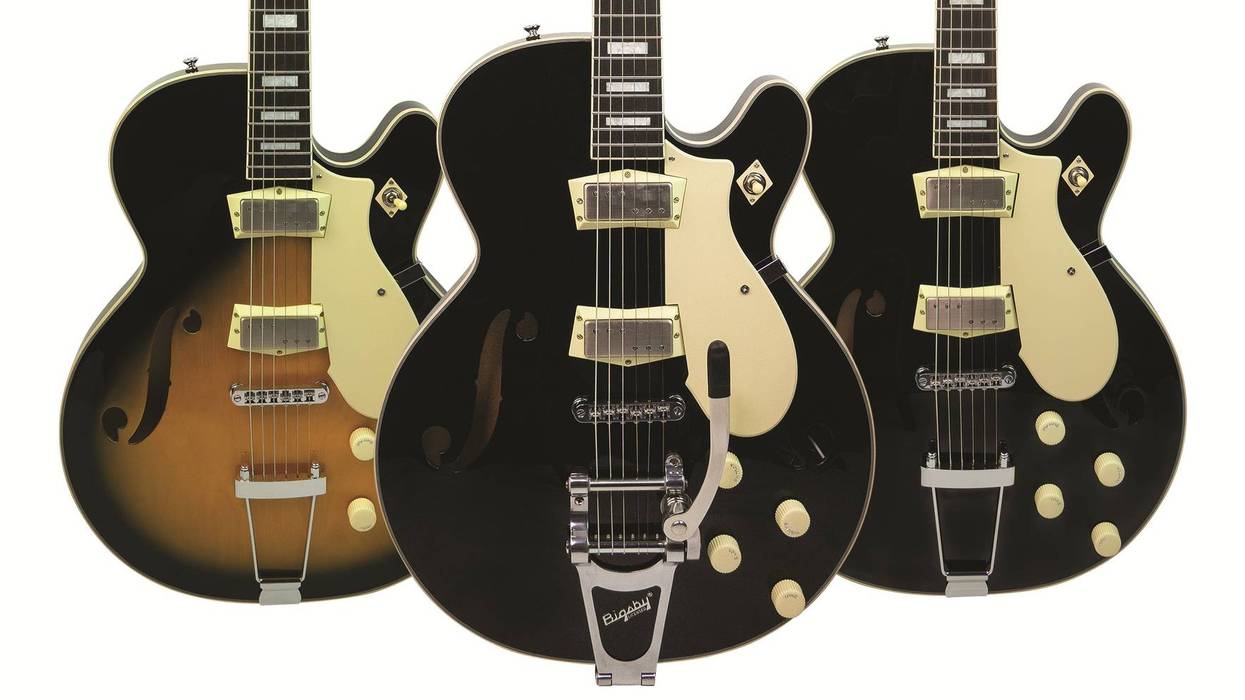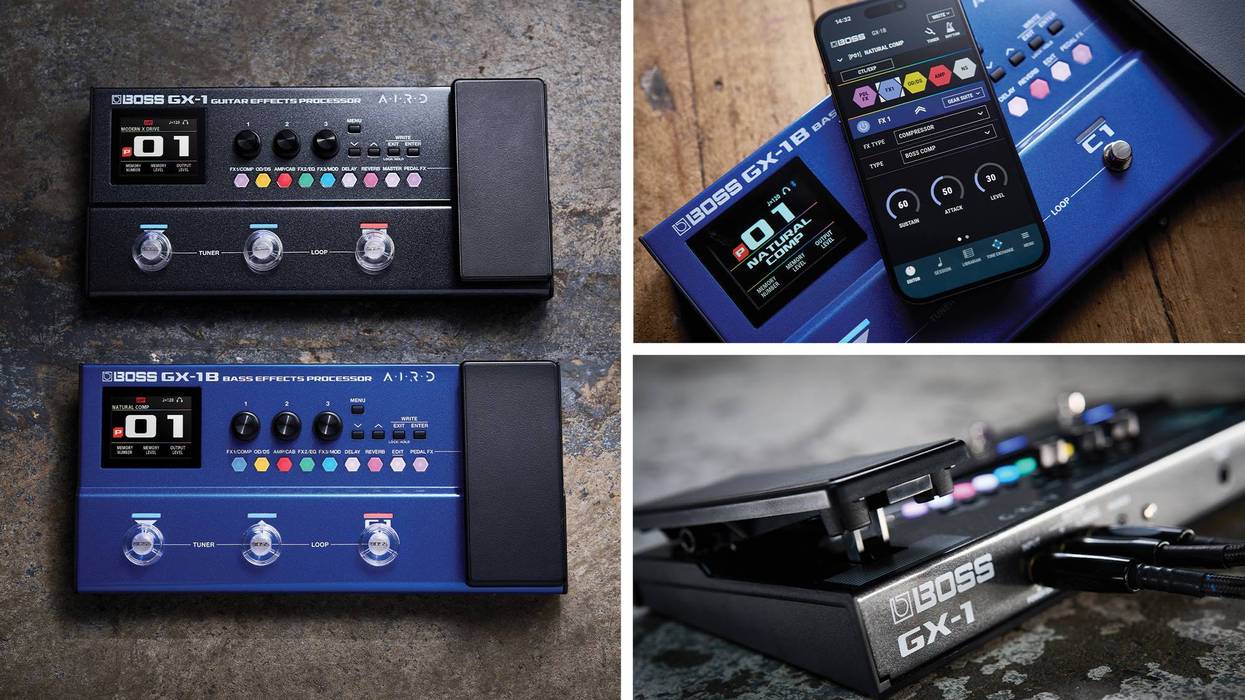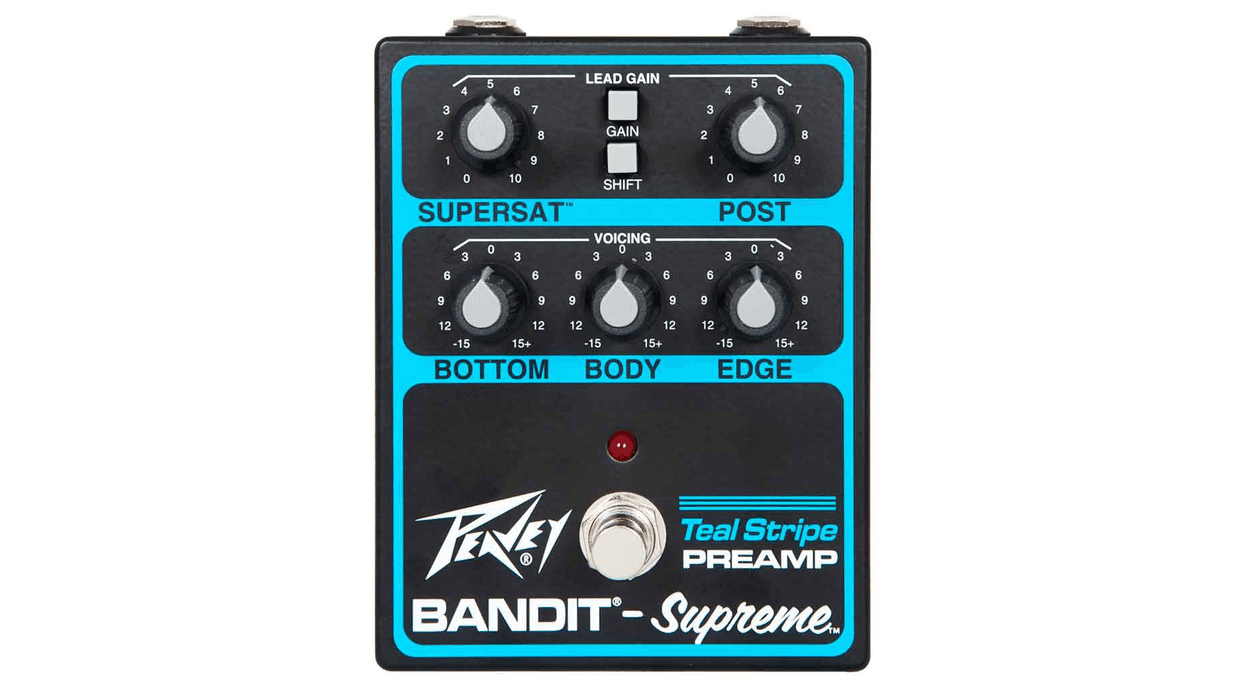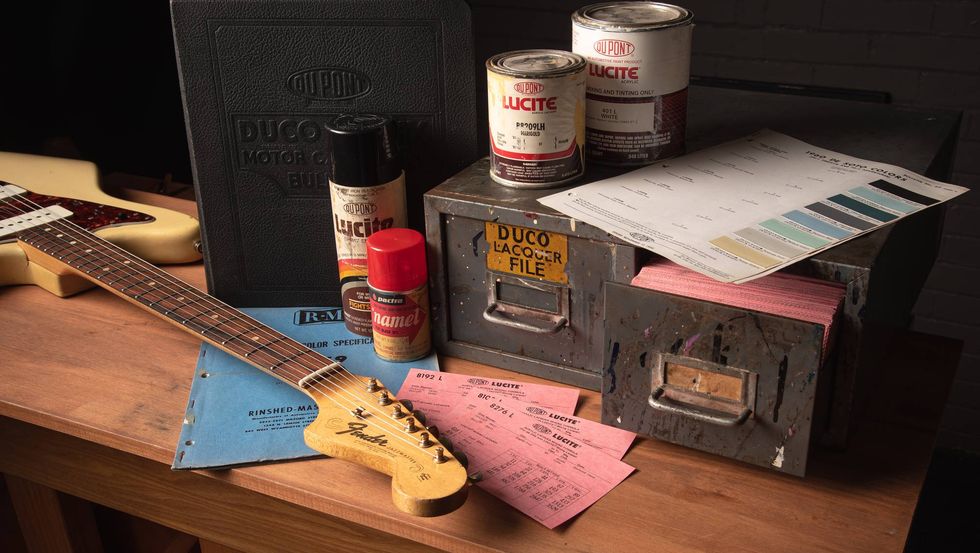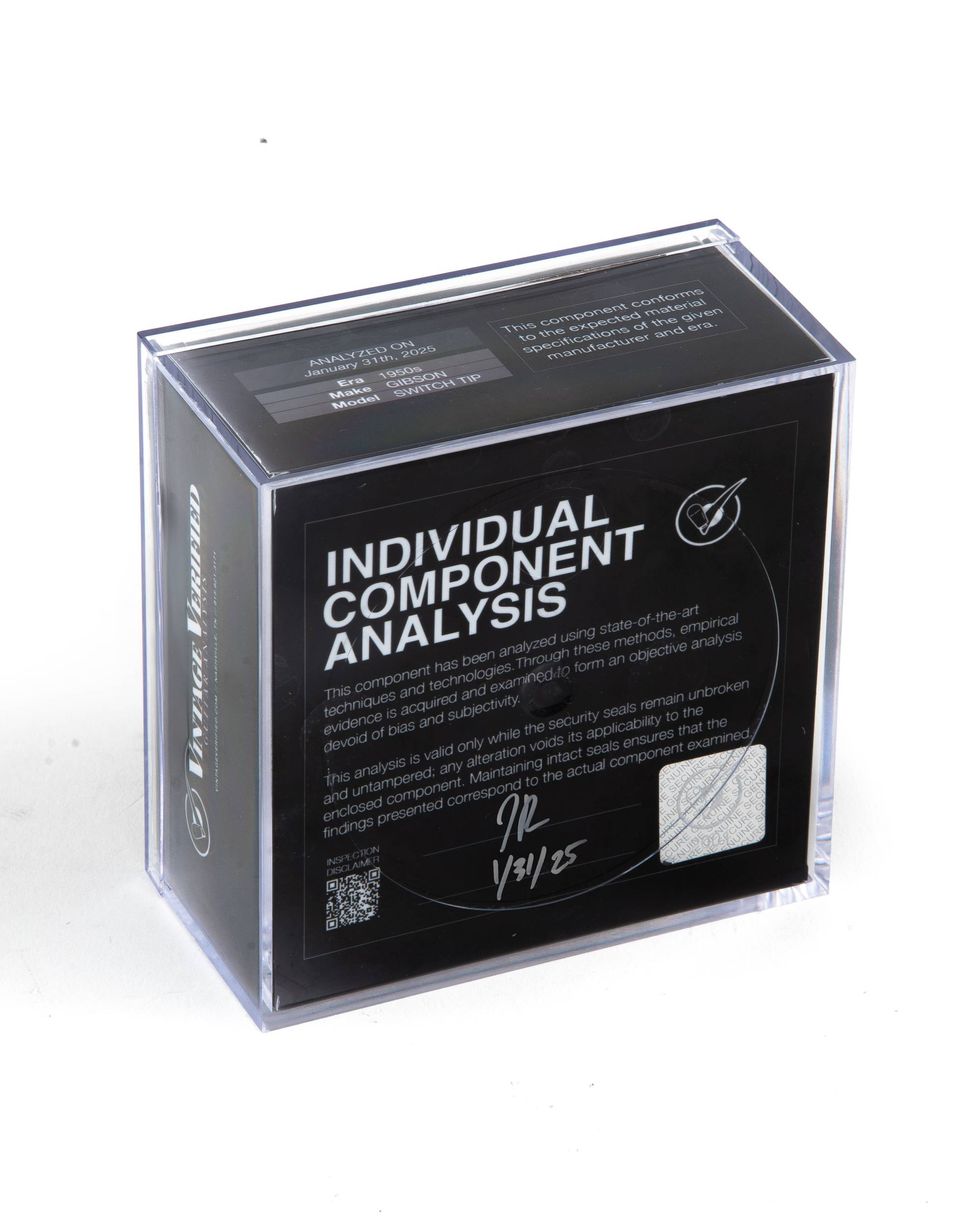| Hi Jeff, I just recently bought a two-channel 1983 JCM 800 combo with 1x12, model 4210. The problem I’m having is that the amp is so piercing at high volumes. The high end on the amp is so crazy, I put the Bass all the way up and the Mid and Treble all the way off and it still was on the high end. Didn’t really sound great. To give it a little more bottom, I also turned the Gain past 6. When playing, I don’t set the gain that high. I ran my Les Paul Elegant through this. So even with the Paul through it, it was still blistering. Also, the clean channel breaks up where I really want to get a clean sound. I read that somewhere Marshall improved this because the clean would bleed into the distortion channel. I also messed with the tubes. I’ve been trying a different combination of tubes. Do you have any recommendation on tube selection as far as power and preamp tubes go? Thanks for taking the time to read this, Frank Nicastro |
Hi Frank,
I’ve seen a few of these amps back in the good ol’ amp modifying days, and there are more than a few modifications that should get this amp in prime tonal condition for you. I would, however, like to touch base on a few non-modification items that may help get the amp closer to your expectations. Let’s look at the output tubes. If you have an amp manufactured for U.S. distribution, it would have come stock with 6550 output tubes. These tubes, in my opinion, are more about power and brute force and less about tone. I would strongly consider replacing them with the tube that is known for the more traditional Marshall tone, the EL34. This will require a small modification to the bias circuit in order to shift the bias voltage into the proper biasing range, but any competent tech will know exactly what to do.
If your unit already has EL34s installed, the next item I would have checked is the bias current the tubes have been set for. Over-biased output tubes will usually make the amp sound too bright with a lack of bottom end. This is caused by too high of a bias voltage applied to the tubes, causing them to run at a very low idle current. Typically, an EL34 will be set to idle in the 35 – 40mA (milliamp) range, depending on the tube. I would recommend having a new matched pair of EL34s installed and properly biased. It may be all that you need. If the amp is still not performing properly, at least you know the output tubes are new and properly set up, and you can proceed from there.
Small modifications to the amp can make a big difference in the overall tone of the amp. In looking at the schematic, I noticed that there is a high frequency bypass capacitor across the CW and wiper terminals of the Normal Channel volume control. This passes more high frequencies when the control is set to lower gain settings. The same type of arrangement exists on the Gain control of the Boost Channel, and it is why more bass seems to be achieved when you turn the Gain control past 6. It’s not actually more bass that you’re hearing, but simply less high frequency content in the signal. Removing or reducing the value of these caps will reduce the amount of high frequencies present at lower gain settings. If the Boost Channel is still too bright for your liking after adjusting that cap, there is a similar 220pF (picofarad) high frequency bypass cap across the 220k mix resistor on the output of the Boost Channel. Removing or reducing the value of this cap will lower the high frequency content of that channel at all gain and volume settings.
Another modification that will increase the low frequency content as well as the gain is to increase the size of the bypass capacitor across a cathode resistor. To achieve this result in the Normal Channel, increase the capacitor across the cathode resistor of V1A. The stock value is listed as 0.1uf (micro farad). Increasing this to even a 1uf cap will substantially increase the low frequency content, as well as the gain across the frequency spectrum of the guitar. To achieve this in the Boost Channel, increase the capacitor across the cathode resistor of V1B. As with most amps, there are additional modifications that could change the gain structure, tone and response of the amp, but I think the above changes, if they’re even necessary, will give you an amp that you’ll be very happy with.
Lastly, to address your comment regarding the Normal Channel break up, remember that this is an amp with a “global” Master Volume. The lower you set the Master, the higher you will need to set the Normal Channel volume control to achieve the necessary output level. This may cause increased distortion in the subsequent circuits. The higher you can set the Master, the lower you will be able to keep the Normal Channel volume control, resulting in a cleaner sounding Normal Channel.
Hopefully the above advice will alleviate your Treble Trouble.
Till next time…
Jeff Bober
Co-Founder and Senior Design Engineer – Budda Amplification
jeffb@budda.com
budda.com
©2008 Jeff Bober










